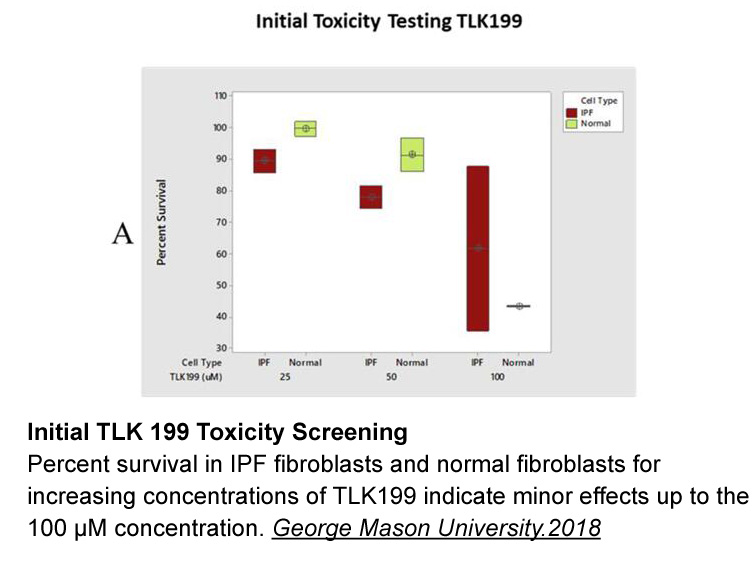Archives
The indirect effect of corporate taxation as
The indirect effect of corporate taxation, as given by the second term in Eq. (18), consists of two elements; (i) a standard what is a dntp effect (τ/n2), and (ii) a capital cost effect (rG(1−αt)/(1−t)). With a CRS technology, the cost effect vanishes, whereas with an IRS (a DRS) technology the cost effect strengthens (dampens) the competition effect on prices.
Tax deductions of capital costs always reduce product prices, even when accounting for entry. We know from Proposition 1 that tax deductions reduce product prices for a given number of firms. However, as shown in Proposition 3, the competition effects of tax deductions are ambiguous and depend on the production technology. Indeed, in industries with DRS technology, higher levels of tax deductions reduce entry and shift up product prices. However, we find that this countervailing competition effect only partially mitigates the direct effect, and that tax deductions always lead to lower product prices.
Welfare analysis
Social welfare, assuming a utilitarian (unweighted) welfare function, is given by the sum of consumers' surplus, producers' profits, and (in this setting) the corporate tax revenue, i.e.,
CS represents the consumers' surplus given by
Π is the producers' profits given by and T is the corporate tax revenue given by
Extension: monopolistic competition
In this section, we extend our analysis to a monopolistic competition framework. This extension serves two purposes. First, it allows us to analyze the economy-wide effects of corporate taxation across industries, whereas the previous analysis focused on the within industry effects. Second, the extension serves as a robustness check of our results to see whether they are sensitive to the nature of competition. We app ly a standard monopolistic competition model (e.g., Dixit and Stiglitz, 1977, Krugman, 1980) with two adjustments. First, we add corporate taxation, as specified in the oligopoly (Salop) analysis. Second, we maintain the general production function that allows for different scale properties. In this way, our monopolistic competition model can be seen as a generalization of production costs in Zhelobodko et al. (2012). To save space for the analysis, we present a reduced version of the monopolistic competition model. For the complete version of the model, see Appendix B.
ly a standard monopolistic competition model (e.g., Dixit and Stiglitz, 1977, Krugman, 1980) with two adjustments. First, we add corporate taxation, as specified in the oligopoly (Salop) analysis. Second, we maintain the general production function that allows for different scale properties. In this way, our monopolistic competition model can be seen as a generalization of production costs in Zhelobodko et al. (2012). To save space for the analysis, we present a reduced version of the monopolistic competition model. For the complete version of the model, see Appendix B.
Concluding remarks
This paper studies how the Comprehensive Business Income Tax (CBIT) and the Allowance for Corporate Equity tax (ACE) perform using a Salop type model and a Dixit-Stiglitz type of monopolistic competition model. We show that the effects of either tax system depend on industry characteristics (technology) and the intensity of competition. The Salop model can be interpreted as a within industry analysis whereas the monopolistic competition model offers an analysis of across industry effects. Under both models of imperfect competition (see Table 3), we find that an increase in the corporate tax rate increases production but decreases entry. A switch from CBIT to ACE under both models lowers consumer prices.
A takeaway from our analysis is that limiting capital cost deductions is the preferred choice in industries dominated by multinationals. This is so because empirical evidence points to that multinationals are often characterized by producing under increasing returns to scale (IRS). Capital cost tax deductions in such industries increase firms' profits, whereas the strategic effect via price competition does not matter much. Increased profits lead to excessive entry per sector in the Salop setting and lowers welfare.
Another key finding from our analysis is that the optimal corporate tax rate is positive irrespective of industry technology. This result is related to the well known “excessive entry theorem ” that applies to a large class of oligopoly models (see, e.g., Mankiw and Whinston, 1986). This is due to the fact that the utility of the average consumer, which is the basis of welfare, tends to be lower than the utility of the marginal consumer, which determines demand and thus firms' profitability of entering the market. In our model, the optimal corporate tax rate balances the reduction in consumer surplus (due to higher prices and fewer firms) against the increase in corporate tax revenues, which are based on firms' before tax profits. We show that the optimal tax rate eliminates the excessive entry problem so that there are fewer firms that produce more. Our findings under the Salop model carry over to the monopolistic competition setting if there is excessive entry. However, we should stress that the market equilibrium (in absence of corporate taxation) may result in suboptimal entry, in which case a zero profit tax is optimal. In our case, this only occurs if the fixed entry cost is so high that the market turns into a natural monopoly.